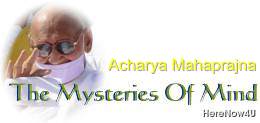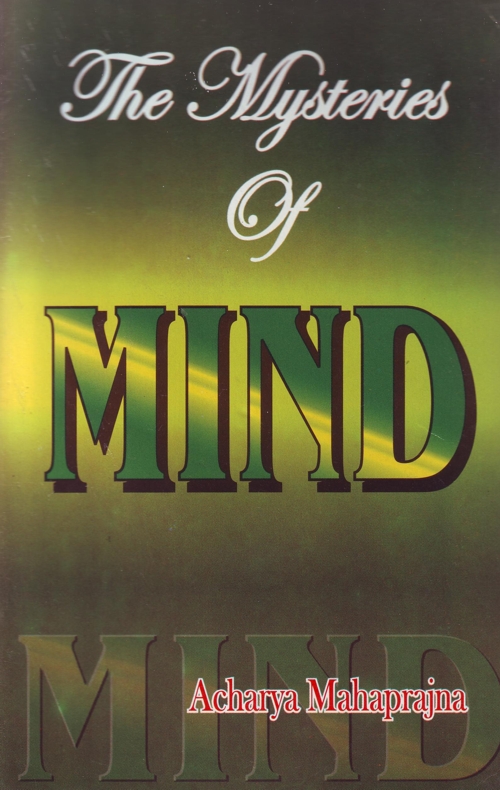
A rich man had employed a man to watch his premises in the night. One day the watchman came to his master and said, "I understand that you are going on a journey by train tomorrow. Please postpone the journey because if you undertook it tomorrow, you will be harmed." The master remarked, "You are a simpleton. I have a very important business to attend. I have to attend a very important meeting of the officers of my concern and it will take important decisions. Everything has been planned beforehand and if I failed to attend the meeting, no decision will be taken. I must go. "The watchman again said, "I appreciate your point but I have a strong reason to dissuade you from taking the journey. Last night I dreamt a dream in which I saw the train you are going to board met an accident. Please don't go." Feeling what the watchman had said to be a bad omen, the rich man decided to postpone the journey. The next day there was news that the train in which he was to travel had met an accident and that a number of its passengers had died in the accident. The rich man called the watchman and offered to him a handsome reward but at the same time he dismissed him from his job saying: "I had employed you for watch work and not for sleeping and dreaming."
Wakefulness implies seeing. To see a thing directly is a definite proof of its existence. All other indirect proofs belong to a lower category. Inference, memory and scriptural testimony are proofs of lesser authenticity. The scriptures have been accepted as authentic only on the ground that their authors had directly perceived truth. If they had not done so, the testimony of the scriptures would have been unacceptable. Inference too has been counted as a testimony for the reason that it is based on earlier perception. It had been seen that fire produced smoke. On this basis whenever we see smoke we say that it must be produced by fire. The entire structure of knowledge stands on the basis of direct perception only.
In body-perception we have to see what is happening in the body. The body is active at every moment. We have to perceive its activities. We will be able to understand the hidden as well as apparent truth about the body only by perceiving it. Then comes the question as to how we are to see the body. What method of perception shall we employ? There are three methods of perception: seeing with open eyes, seeing with half open eyes and seeing with closed eyes. The eye is only one of the means of perception. You can perceive even with closed eyes. Insight comes into operation when the eyes are closed. Insight has a wider perspective than that of the eyes. It commands a deeper penetration. That which cannot be seen with the eyes can be seen by insight.
We do see things with the eyes. This kind of perception is called animesa preksa or perception with a fixed gaze, which is also capable of seeing in depth. If you gazed at a face for half an hour, you will be able to see thousands of its facets. Ultimately the face will assume the form of a bright flame. This is not hearsay but an actual experience.
The third kind of perception (preksa) is seeing with half open eyes. In this perception you have to.fix your half open eyes on the lower end of the nose. If you did so for half an hour or so, you will have strange experiences. You will come to see that the lower end of the nose which is a lump of skin and flesh has become a shining object. Preksa or perceptive meditation reveals to us newer and newer sights and experiences.
When you begin to perceive, you cease to think and vice versa. There are three kinds of perception: cursory, concentrated and full.
- Cursory perception is accompanied by thinking.
- In concentrated perception there is very little thinking,
- full perception takes place in a state of thoughtlessness. It is perception in depth.
A certain man felt that it was very cold and began to tremble. His companion advised him to cover his body with a piece of cloth. The man covered his body with a very thin piece of cloth. But it failed to warm his body. When he complained, his companion reprimanded him saying. "You should have been intelligent enough to cover your body with a piece of thick cloth or with a woollen cloth. How can a piece of muslin ward off the cold?" This applies to perception also. Perceiving and thinking cannot go together. If you want to perceive something, do not think. This can be possible only when you are perceiving in depth.
Then comes the question as to what you are going to perceive. You may perceive anything good or bad. If you are under the spell of anger, try to perceive your anger also. One who can perceive anger can perceive pride also. Anger is the most primitive tendency of man. It seizes every one. Pride, on the other hand, manifests itself only seldom. There are several things like pride and anger, which you have to perceive. The last is grief. It, too, has to be perceived. You should also see perceptual judgments of other mental process. See the consequences of anger. See joys and sorrows. See pleasure and pain and their vibrations. See breath. See the body. See equanimity, neutrality and unity of identity. See lonely men and pure consciousness in which there is no other object to be seen except the seer and the knower. Do not exercise preferences in matters of seeing. Likes and dislikes are relevant to thinking only. They do not apply to perception. You may perceive anything, which comes before your eyes. Ultimately you will arrive at a stage where there is nothing left to see. This is the ultimate end of perceiving. At this stage you will perceive pure consciousness, which is the fag end of knowledge and perception. The spiritual journey of the practitioner ends here.
There is no awakening except through exercises in perception, there is no freedom from negligence except through right perception. Self-watchfulness sharpens the intellect. It sharpens memory and strengthens discernment. Perception is the basis of all these faculties. Let us, therefore, learn the right method of perception and supplement it by contemplation.
 Acharya Mahaprajna
Acharya Mahaprajna

